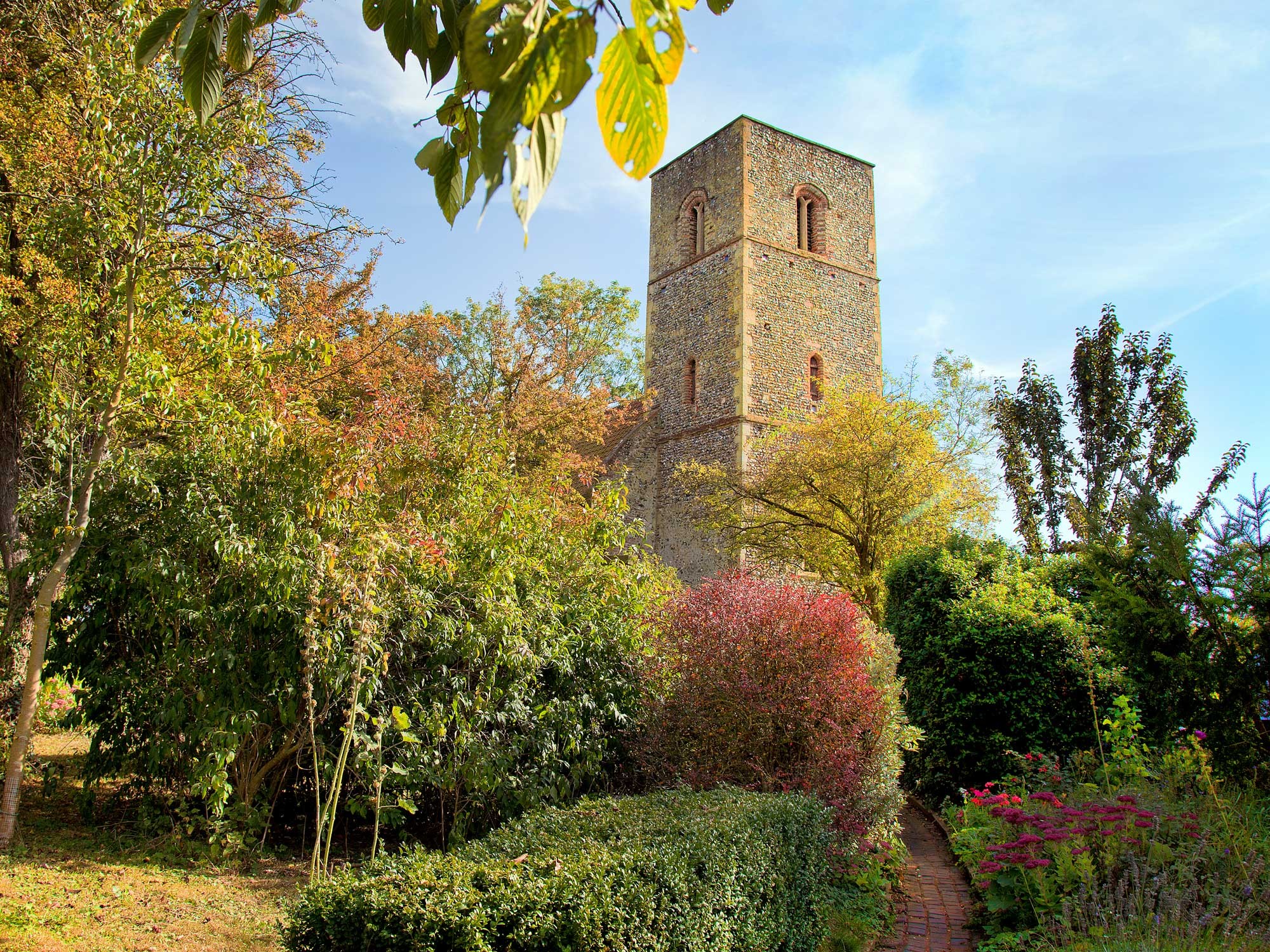
St Mary's, Houghton-on-the-Hill
Today it’s one of the most important churches in East Anglia, attracting visitors and academics from all over the world, but it was only discovered by chance during a WI walk over 27 years ago
Following a pleasant Women’s Institute ramble around the fields to the southeast of Swaffham in 1992, an excited Gloria Davey phoned her friend Delna Barrett.
“She said I’d never believe what she’d discovered, and at first I thought she’d simply bought something unusual,” says Delna. “But my husband and I drove over from King’s Lynn and she was right - we didn’t believe it.”
Gloria had come across a monumental pile of ivy and brambles in the middle of nowhere, a mound with the distinct outline of a church. She pushed through the overgrowth and entered the abandoned church of St. Mary’s, which had once served the long-lost village of Houghton-on-the-Hill.
But Gloria wasn’t the first visitor since the last recorded baptism in the 1930s - a pentagram had been painted on the floor of the aisle, and several inverted crosses had been carved into the plaster of the walls.
Gloria also told her husband Bob about her discovery, and he resolved to remove every trace of the desecration. A former superintendent for the Water Board, Bob Davey was church warden at nearby South Pickenham - and he immediately set about clearing the churchyard and arranging a purification service among the ruins.
It was the start of a remarkable endeavour that would take Bob over 20 years and result in the uncovering of one of the most important early churches in East Anglia. It was a story that would make national headlines and see three visits by HRH Prince Charles - who would award Bob an MBE for his work in 2006.
Perhaps the most amazing discovery of all came when restoration work turned to the walls that had been damaged by a bomb that had been dropped nearby by a German Zeppelin towards the end of the First World War.
While inspecting the cracked plaster, a section fell off and revealed an area of painting. It was a revelation that would eventually result in the incredible discovery of the earliest-known large-system wall paintings in England.
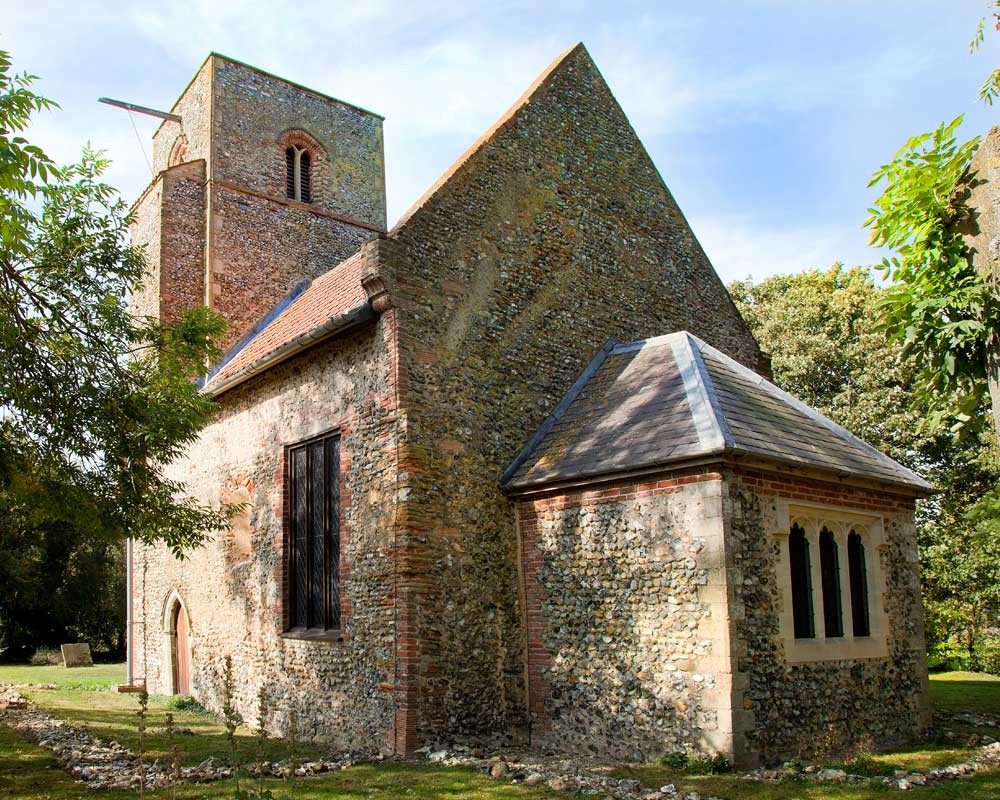
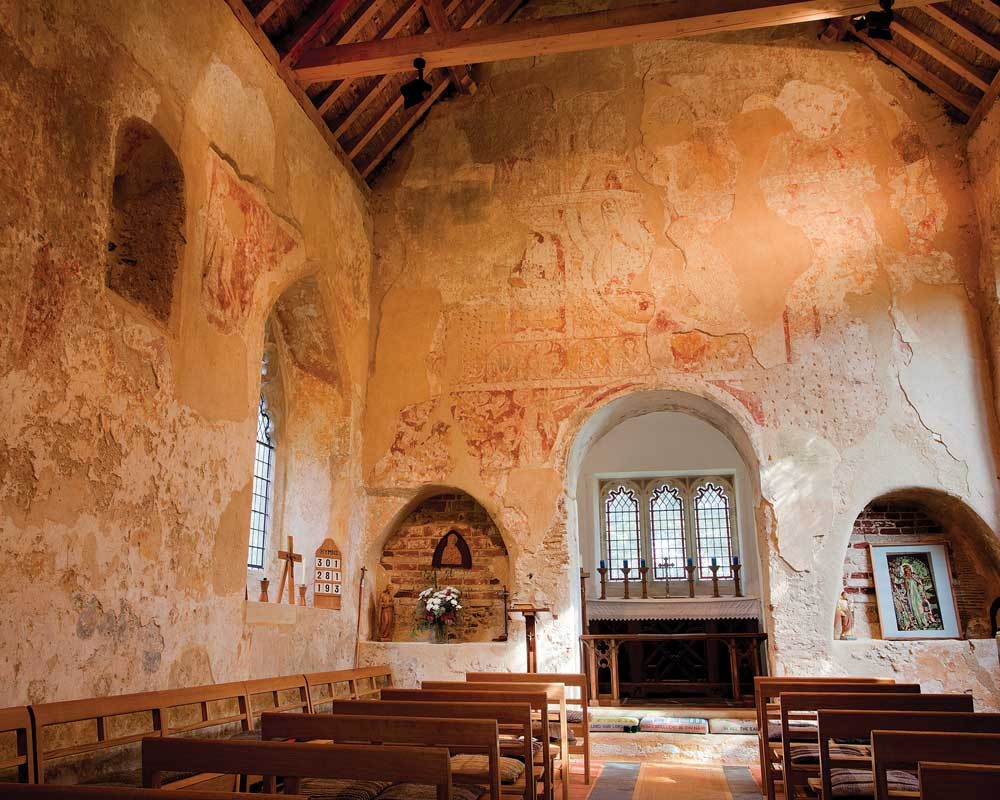
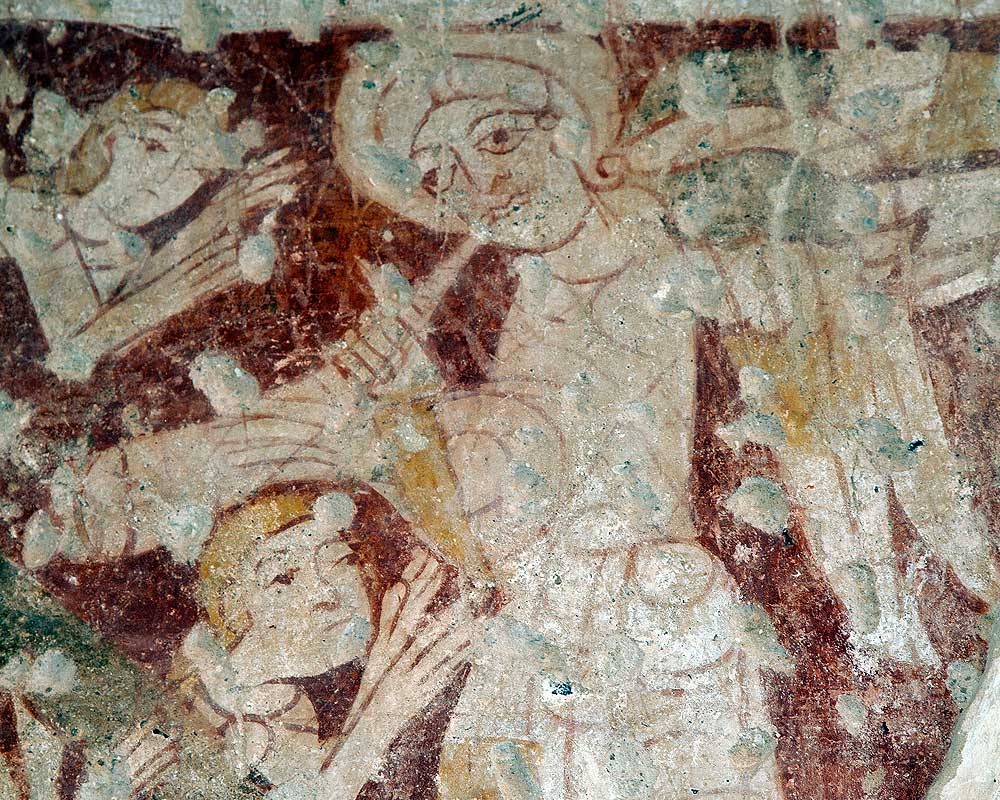
Sue Gattuso is Secretary of the Friends of St Mary’s and the manager of Swaffham Museum, and has spent years researching the history of the church.
“There are actually a number of painted layers here,” she says, pointing to the extraordinary east wall. “You can see parts of an inscription from the 16th century, and the remains of a design from the 14th century - but the base layer is the most important. The eyes of the figures are definitely Anglo-Saxon, so they probably date to around 1090.”
The paintings continue to astound experts and academics, but Sue thinks the origins of the church may be even older. There was definitely a Roman villa close by, and the exterior of St. Mary’s features Roman tiles and foundations. A Roman ring was found just outside the churchyard and there’s a distinctly Roman arch at the top of the nave.
“There’s a very real possibility this site could have started life as a Roman bath house,” says Sue, “but we’ll need a professional excavation and research to know for sure.”
For now, the efforts of Sue and the church trustees are focused on preserving the invaluable wall paintings. Last month, a team from Cambridge-based Tobit Curteis Associates (who specialise in the conservation of wall paintings and environmental deterioration in historic buildings) began monitoring St. Mary’s to determine whether the paintings are fading or if the cracks in the walls are widening.
“One of the biggest problems facing the future of the church is maintaining a balance between welcoming the public and protecting the paintings,” says Sue. “This would make a fantastic venue for concerts and services, but the environmental impact of the resulting heat and condensation may be too great a price to pay.”
St. Mary’s undoubtedly has more secrets to reveal. Remnants of a now-vanished south aisle may contain one of the final resting places of Robert de Neville - the adulterer’s head was buried in Yorkshire - but the current discrepancy between the 12th century stones and 11th century bones needs clearing up.
As does the mysterious burial in the part of the churchyard never visited by the sun. Here, the skeleton of an old woman with her neck “expertly broken” was found buried face-down and weighted down with stones. Although it’s tempting to think the unfortunate woman was executed as a witch, only a thorough archaeological examination could reveal the truth.
Although St. Mary’s is still consecrated, it has no parish - which means that the most recent interments are of people closely associated with the restoration and care of the church. After her death in 2005, Gloria Davey now rests in the churchyard which she (re)discovered, and although Bob’s failing health now prevents him visiting the church he spent so long bringing back to life, it would be a fitting final resting place for a man whose determination and commitment helped bring a national treasure to light.
For details of opening times, please see www.houghtonstmarys.co.uk and remember that the church is entirely reliant on donations and always in need of volunteers - especially as guides.
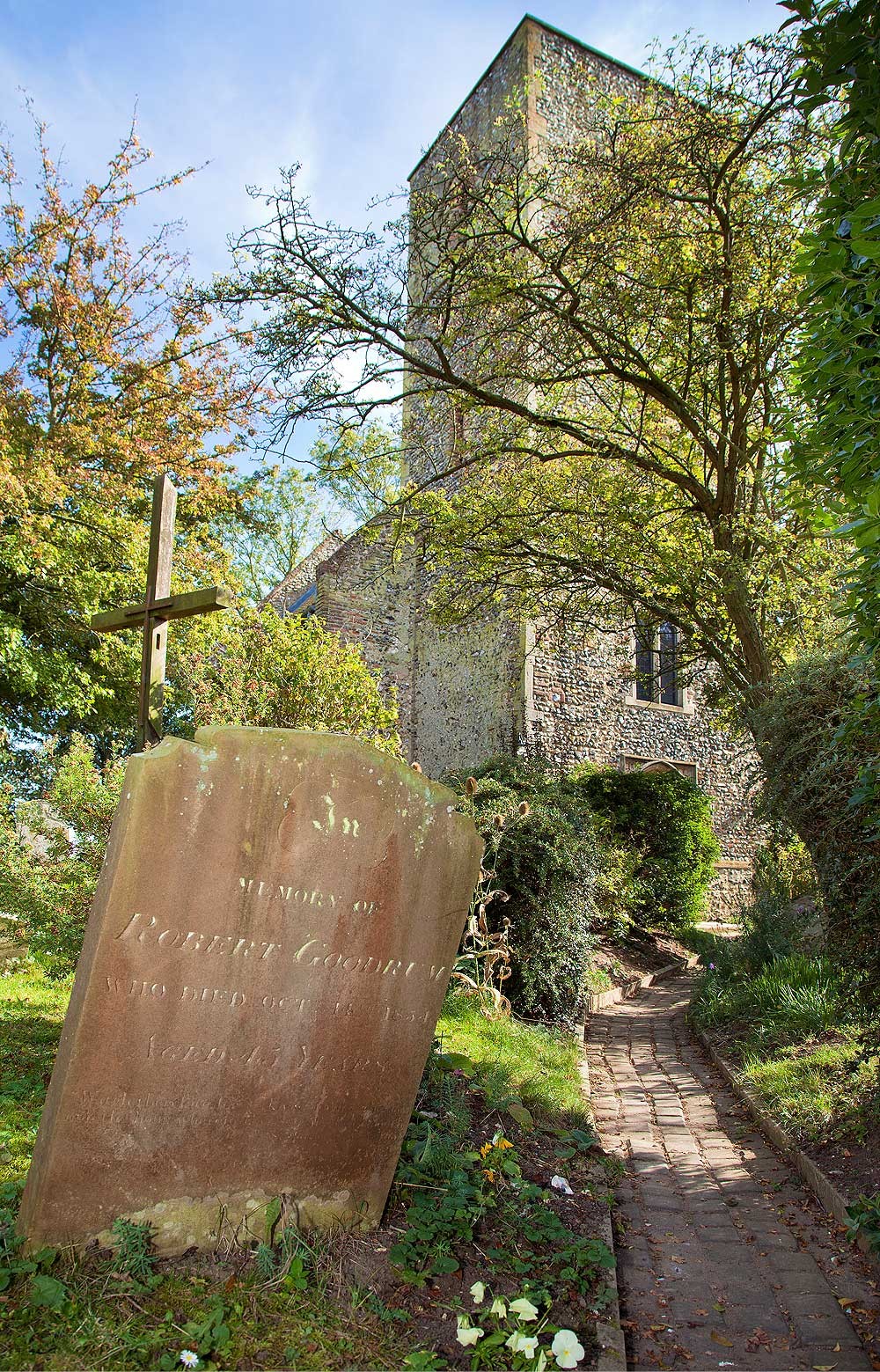
There’s a very real possibility this site could have started life as a Roman bath house, but we’ll need a professional excavation and research to know for sure.
